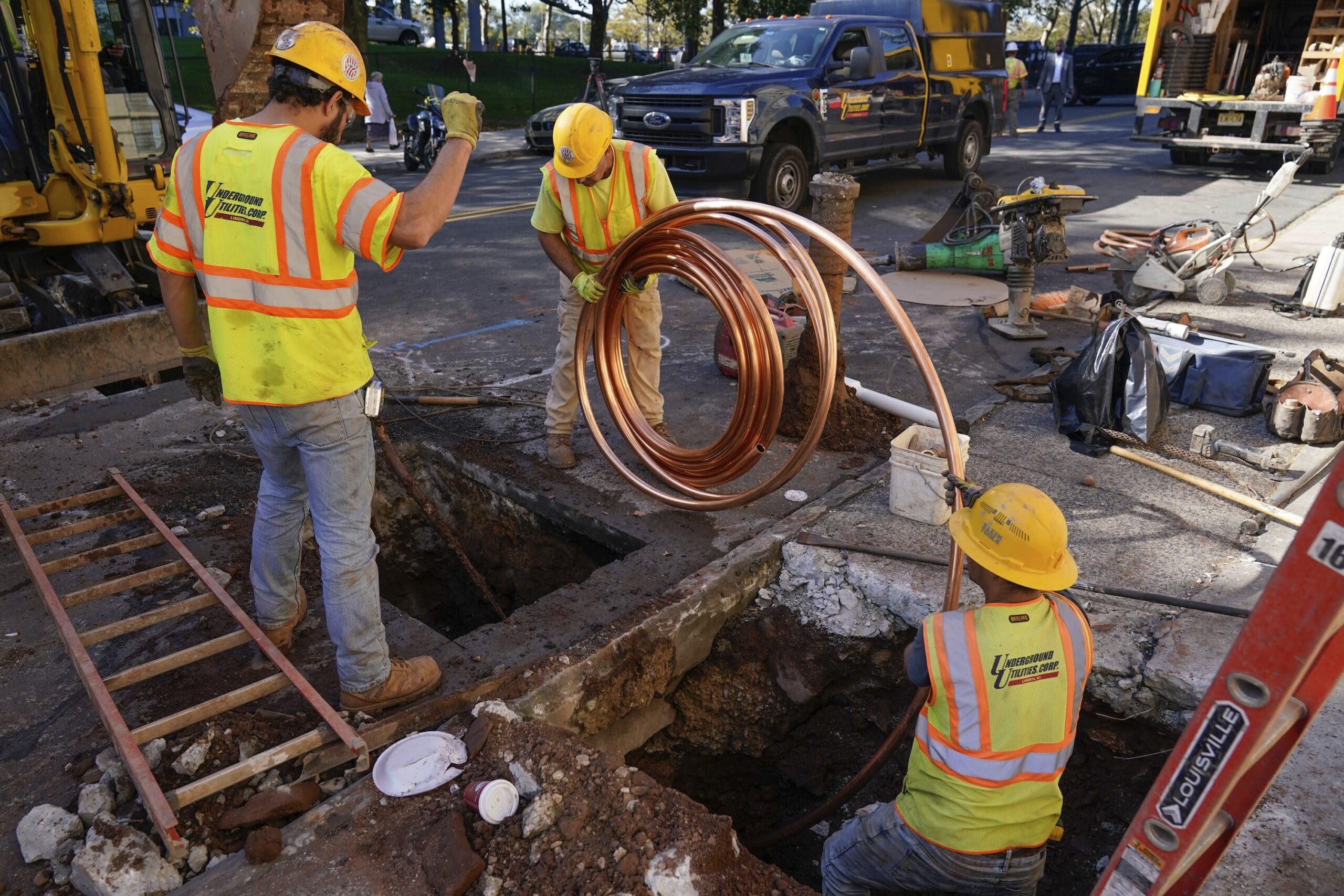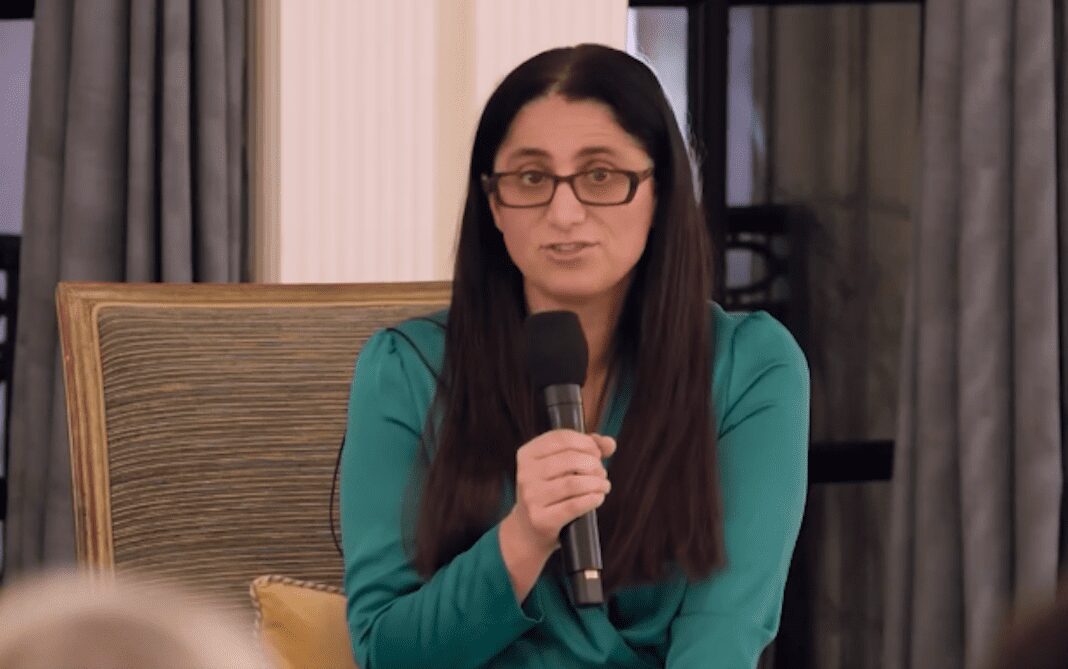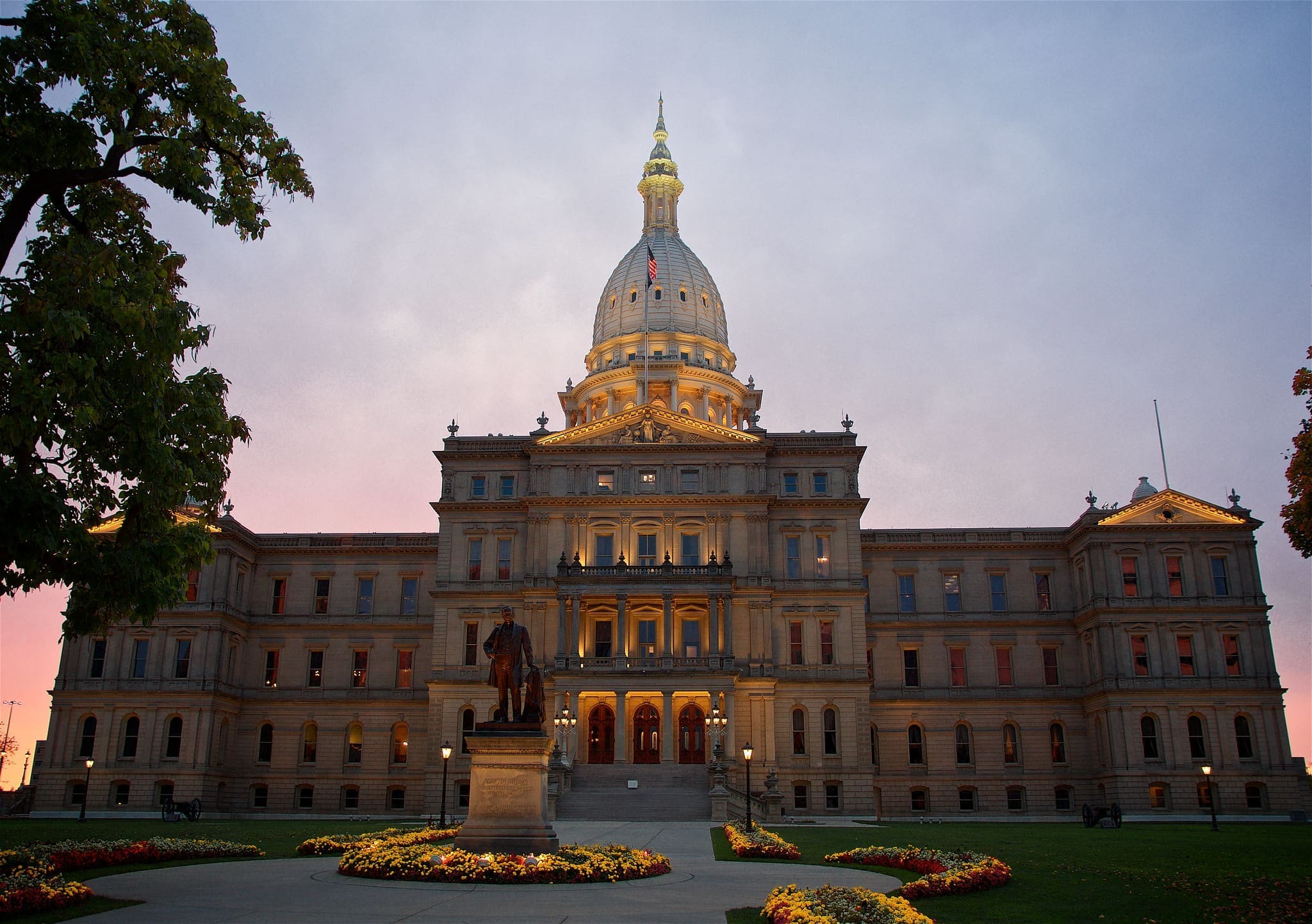Michigan secretary of state announces grants to bring back driver’s ed in high schools
The state of Michigan eliminated its driver’s education fund 20 years ago, shifting the cost of driver training onto families.

Michigan Secretary of State Jocelyn Benson on Jan. 29 announced grants intended to bring back driver’s education in Michigan public high schools, funding that could save families hundreds of dollars that they would otherwise be forced to spend on private driving instruction.
Michigan’s state government eliminated its driver education fund in 2004, putting a nail in the coffin of most school-based driving programs, according to Benson’s office.
“Twenty years ago, the state of Michigan shifted the cost burden for driver’s education directly onto teens and their families,” Benson said in a statement posted to her official website. “Most private providers deliver quality instruction, but with the first segment of driver’s ed costing as much as $650, many families simply can’t afford it.”
In a Jan. 29 press conference at Kearsley High School in Flint, one of fewer than 40 Michigan high schools that do offer driver’s education, Benson and Michigan Education Association President Chandra Madafferi said they are working to improve access for Michigan families through two grant programs.
One program provides need-based grants to cover the cost of driver training for Michigan families; the other is a grant program for public schools, especially those in underserved areas, to offset driver’s education expenses, including hiring instructors and buying vehicles.
In Michigan, prospective teen drivers must complete two segments of driver education: The first segment includes a minimum of 24 hours of classroom instruction, six hours of behind-the-wheel instruction and four hours of observation time in a training vehicle; the second includes an additional six hours of classroom instruction.
Benson said the dearth of driver’s education programs at public schools has resulted in fewer and fewer teenagers getting their licenses, particularly those from low-income or minority families who may not be able to afford private driving instruction.
In 2000, 66% of eligible teens had driver’s licenses in Michigan. That number had fallen to 56% by 2021, according to the secretary of state’s office.
A 2012 nationwide study on driver’s license acquisition conducted by the AAA Foundation for Traffic Safety showed clear inequities based on wealth. According to the study, just one in four teens in households with incomes under $20,000 per year were licensed before they turned 18 in 2021, compared to 79% of teens from households with incomes above $100,000.
Even for families that can afford driver’s education, Benson’s office said, offering it in public schools comes with safety benefits.
The Michigan Department of State oversees 281 driver’s education providers, of which 38 are in schools. In 2023, only two of the school-based providers had a complaint or a potential violation that required the department to investigate. Meanwhile, 30 private driving schools had violations.
Benson said that complaints or violations at school-based driver’s education programs tend to be less severe and are resolved more quickly.
“Schools are an ideal place to provide driver’s education — we know our students, we provide exceptional instruction, and are accountable to state standards,” Madafferi, the education association president and a veteran teacher from Oakland County, said. “Overwhelmingly, Michigan educators and administrators I’ve spoken to want to see driver’s education return to the schools as much as possible.”
Benson and Madafferi weren’t the only ones pointing out the importance of public driver’s education at the press conference. Julian Morris, a junior at Saginaw High School, said he recently started the process to get his driver’s license — only to be confronted with the substantial costs involved.
“Learning to drive should not be determined by affordability,” Morris said. “It is a rite of passage and a fundamental step towards independence and responsibility. It opens the doors to education, employment, and essential life experience. Driving should not be a privilege reserved only for those who can afford it — access to driver’s training ensures opportunities for teenagers regardless of their economic background.”




